Home » Wind Energy » Wind Energy Background
Wind Energy Background
The kinetic energy in the wind is a promising source of renewable energy with significant potential in many parts of the world. The energy that can be captured by wind turbines is highly dependent on the local average wind speed. Regions that normally present the most attractive potential are located near coasts, inland areas with open terrain or on the edge of bodies of water. Some mountainous areas also have good potential. In spite of these geographical limitations for wind energy project siting, there is ample terrain in most areas of the world to provide a significant portion of the local electricity needs with wind energy projects (Rangi et al., 1992).
The world-wide demand for wind turbines has been growing rapidly over the last 15 years. During 2001 along the wind energy industry installed close to 5,500 MW of new generating capacity. More than 24,000 MW of wind energy capacity is now estimated to be in operation around the world (Wind Power Monthly, 2001). Much of this demand has been driven by the need for electric power plants that use “cleaner fuels.” Windfarms that use multiple turbines are being constructed in the multi-megawatt range.
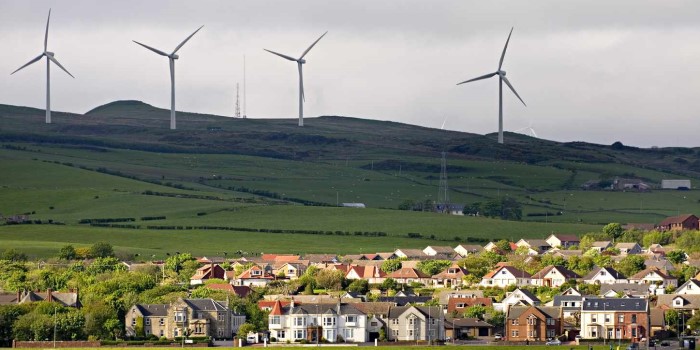
Over the last decade, typical individual turbine sizes have increased from around 100 kW to 1 MW or more of electricity generation capacity, with some wind energy projects now even being developed offshore. The result of all this progress is that, in some areas of the world, large-scale wind energy projects now generate electricity at costs competitive with conventional power plants (e.g. nuclear, oil and coal).
In addition to these larger scale applications, there are a number of other applications for wind turbines, such as medium scale applications on isolated-grids and off-grid uses for pumping water and providing smaller amounts of electricity for stand-alone battery charging applications.
Wind energy projects are generally more financially viable in "windy" areas. This is due to the fact that the power potential in the wind is related to the cube of the wind speed. However, the power production performance of a practical wind turbine is typically more proportional to the square of the average wind speed. The difference is accounted for by the aerodynamic, mechanical and electrical conversion characteristics and efficiencies of the wind turbines. This means that the energy that may be produced by a wind turbine will increase by about 20% for each 10% increase in wind speed.
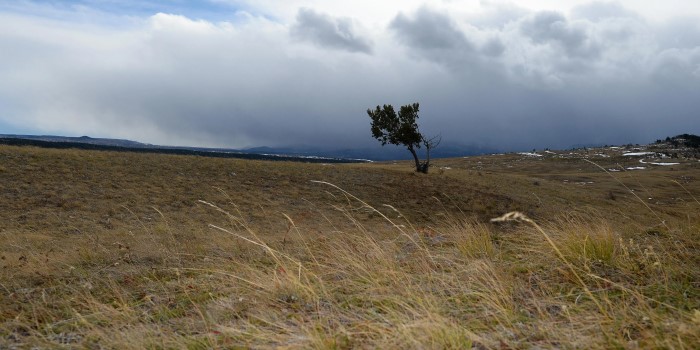
Wind energy project siting is critical to a financially viable venture. It is important to note that since the human sensory perception of the wind is usually based on short-term observations of climatic extremes such as wind storms and wind chill impressions, either of these “wind speeds” might be wrongly interpreted as representative of a windy site. Proper wind resource assessment is a standard and important component for most wind power supply industry developments.
The world-wide demand for wind turbines has been growing rapidly over the last 15 years. During 2001 along the wind energy industry installed close to 5,500 MW of new generating capacity. More than 24,000 MW of wind energy capacity is now estimated to be in operation around the world (Wind Power Monthly, 2001). Much of this demand has been driven by the need for electric power plants that use “cleaner fuels.” Windfarms that use multiple turbines are being constructed in the multi-megawatt range.

Over the last decade, typical individual turbine sizes have increased from around 100 kW to 1 MW or more of electricity generation capacity, with some wind energy projects now even being developed offshore. The result of all this progress is that, in some areas of the world, large-scale wind energy projects now generate electricity at costs competitive with conventional power plants (e.g. nuclear, oil and coal).
In addition to these larger scale applications, there are a number of other applications for wind turbines, such as medium scale applications on isolated-grids and off-grid uses for pumping water and providing smaller amounts of electricity for stand-alone battery charging applications.
Wind energy projects are generally more financially viable in "windy" areas. This is due to the fact that the power potential in the wind is related to the cube of the wind speed. However, the power production performance of a practical wind turbine is typically more proportional to the square of the average wind speed. The difference is accounted for by the aerodynamic, mechanical and electrical conversion characteristics and efficiencies of the wind turbines. This means that the energy that may be produced by a wind turbine will increase by about 20% for each 10% increase in wind speed.

Wind energy project siting is critical to a financially viable venture. It is important to note that since the human sensory perception of the wind is usually based on short-term observations of climatic extremes such as wind storms and wind chill impressions, either of these “wind speeds” might be wrongly interpreted as representative of a windy site. Proper wind resource assessment is a standard and important component for most wind power supply industry developments.
Post a Comment:
You may also like:

Featured Articles
What Are the Advantages of Wind Energy?
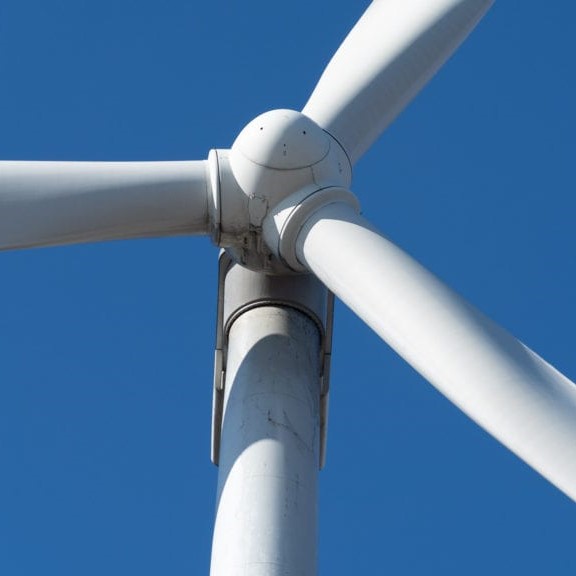 Wind power is the fastest-growing source of electricity worldwide. The American Wind Energy Association estimates that more ...
Wind power is the fastest-growing source of electricity worldwide. The American Wind Energy Association estimates that more ...
 Wind power is the fastest-growing source of electricity worldwide. The American Wind Energy Association estimates that more ...
Wind power is the fastest-growing source of electricity worldwide. The American Wind Energy Association estimates that more ...What is the Wind Energy Conversion ...
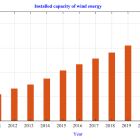 Due to technical and economic visibility, wind power has emerged as one of the most promising renewable energy sources ...
Due to technical and economic visibility, wind power has emerged as one of the most promising renewable energy sources ...
 Due to technical and economic visibility, wind power has emerged as one of the most promising renewable energy sources ...
Due to technical and economic visibility, wind power has emerged as one of the most promising renewable energy sources ...How Wind Energy is Collected and ...
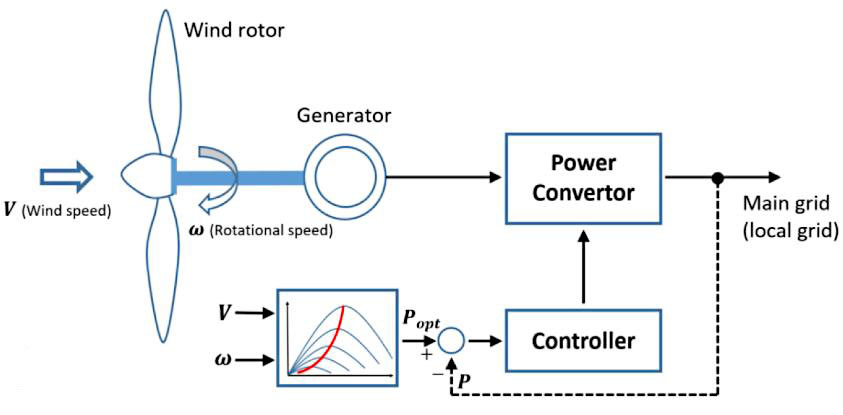 Wind energy is a form of solar energy. Earth’s atmosphere is unevenly heated by solar radiation and the air is in constant motion ...
Wind energy is a form of solar energy. Earth’s atmosphere is unevenly heated by solar radiation and the air is in constant motion ...
 Wind energy is a form of solar energy. Earth’s atmosphere is unevenly heated by solar radiation and the air is in constant motion ...
Wind energy is a form of solar energy. Earth’s atmosphere is unevenly heated by solar radiation and the air is in constant motion ...Technical Potential for Wind Energy
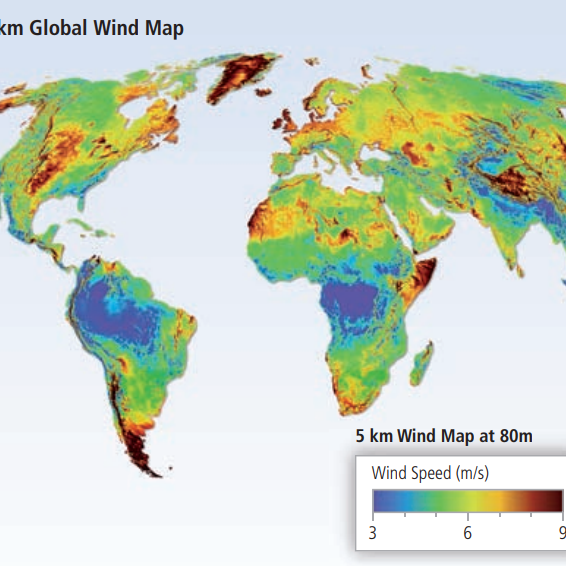 The theoretical potential for wind, as estimated by the global annual flux, has been estimated at 6,000 EJ/yr. The global ...
The theoretical potential for wind, as estimated by the global annual flux, has been estimated at 6,000 EJ/yr. The global ...
 The theoretical potential for wind, as estimated by the global annual flux, has been estimated at 6,000 EJ/yr. The global ...
The theoretical potential for wind, as estimated by the global annual flux, has been estimated at 6,000 EJ/yr. The global ...Wind Energy Background
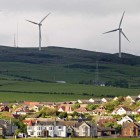 The kinetic energy in the wind is a promising source of renewable energy with significant potential in many parts of the world. ...
The kinetic energy in the wind is a promising source of renewable energy with significant potential in many parts of the world. ...
 The kinetic energy in the wind is a promising source of renewable energy with significant potential in many parts of the world. ...
The kinetic energy in the wind is a promising source of renewable energy with significant potential in many parts of the world. ...